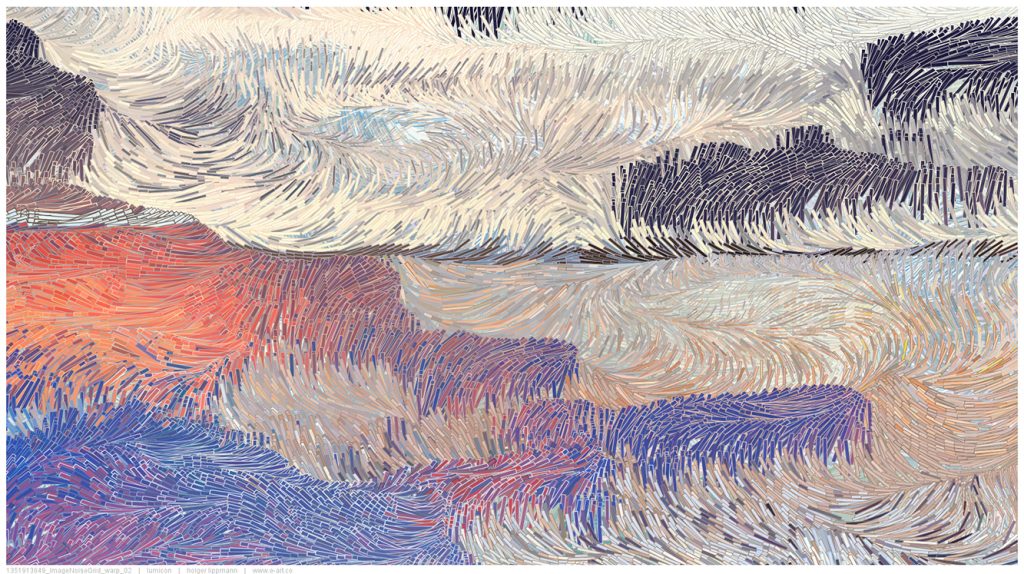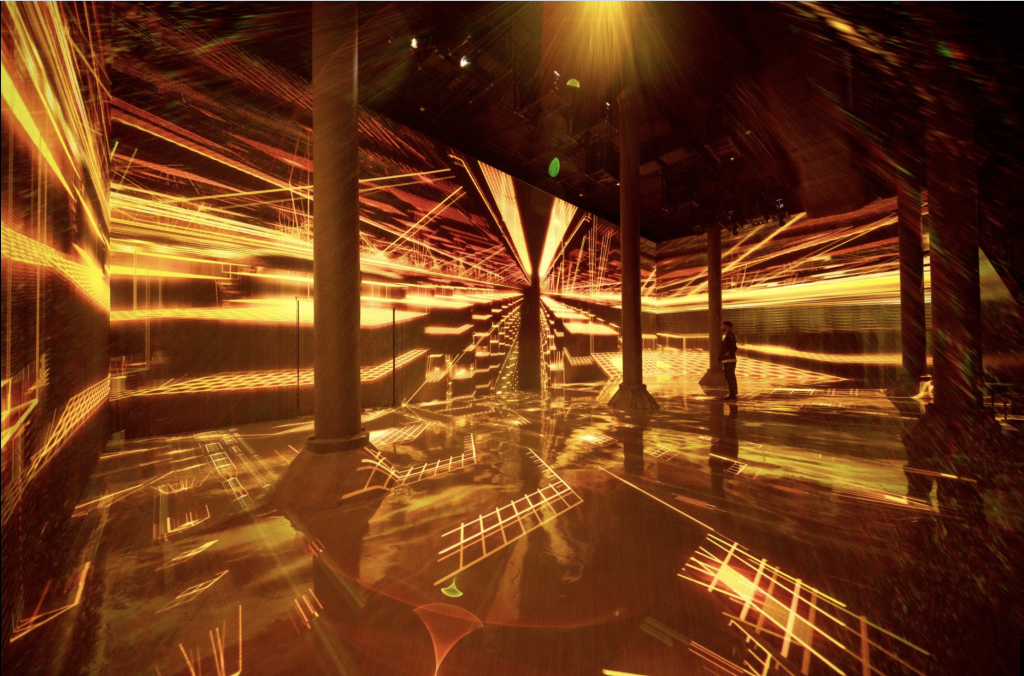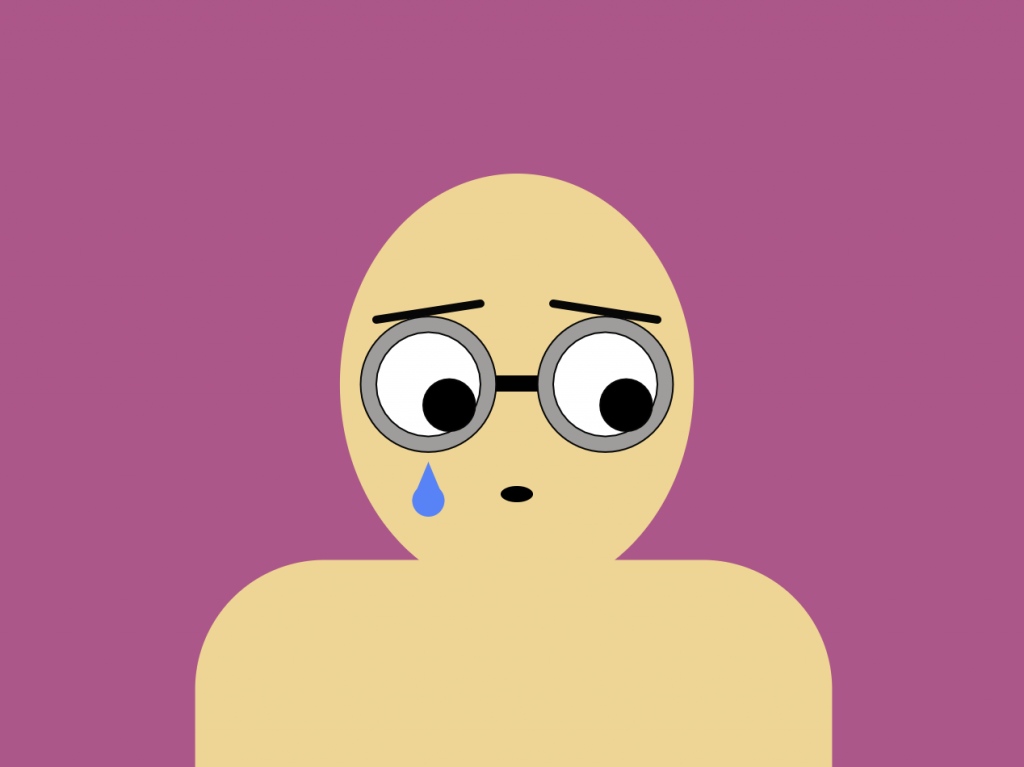Instead of just varying the sizes of the elements of the faces I decided to go with having 2 or 3 set options for each element, then by assigning them numbers and calling them out via the random command, I could get a variation of faces from the set.
//tjchen
//15-104 section a
var face = 2;
var eyesright = 2;
var eyesleft = 2;
var eyesizeL = 5;
var eyesizeR = 5;
var hair = 2;
var mouth = 2;
function setup() {
createCanvas(480, 600);
background(255);
text("p5.js vers 0.9.0 test.", 10, 15);
}
function draw() {
background(220);
rectMode(CENTER);
var cenx = (width/2);
var ceny = (height/2);
fill(255);
rect(width/2, height/2, 50, 50);
// short face
if (face <=2 ){
noStroke();
rect(width/2, height/2, 80, 200, 40);
} else if (face <= 3){
noStroke();
rect(width/2, height/2, 200, 200, 40);
} else {
noStroke();
circle(width/2,height/2 ,200);
}
// eyes right
if (eyesright<=2) {
fill(0);
circle((width/2)+ 10, (height/2)-20, eyesizeR);
} else if(eyesright <=3) {
fill(0);
circle((width/2)+ 10, ((height/2)+ 3)-20, eyesizeR);
} else {
fill(0);
circle((width/2)+ 10, ((height/2)- 3)-20, eyesizeR);
}
// eyes left
if (eyesleft<=2) {
fill(0);
circle((width/2)- 10, (height/2)-20, eyesizeL);
} else if(eyesleft <=3) {
fill(0);
circle((width/2)- 10, ((height/2)+3)-20, eyesizeL);
} else {
fill(0);
circle((width/2)- 10, ((height/2)-3)-20, eyesizeL);
}
//hair
if (hair<=2) {
//fro
noStroke();
fill(161, 119, 96);
circle(cenx,ceny-100,80);
circle(cenx+30,ceny-100,80);
circle(cenx+80,ceny-100,80);
circle(cenx-55,ceny-100,80);
circle(cenx-80,ceny-100,80);
circle(cenx,ceny-140,80);
circle(cenx+30,ceny-135,80);
circle(cenx+80,ceny-155,80);
circle(cenx-55,ceny-140,80);
circle(cenx-80,ceny-145,80);
circle(cenx,ceny-180,80);
circle(cenx+30,ceny-190,80);
circle(cenx+80,ceny-185,80);
circle(cenx-55,ceny-170,80);
circle(cenx-80,ceny-180,80);
} else if (hair<=3){
//tophat
noStroke();
fill(0);
rect(cenx,ceny-200,80,200);
rect(cenx,ceny-100,100,20);
}
//mouth
if (mouth <=2) {
stroke(0);
strokeWeight(2);
line(cenx-40, ceny+20, cenx+40, ceny+20);
} else {
fill(255,0,0);
ellipse(cenx,ceny+20, 40,20);
stroke(143, 4, 25);
strokeWeight(2);
line(cenx-20,ceny+20,cenx+20,ceny+20);
}
}
function mousePressed(){
face = (random(1,4));
eyesright = (random(1,4));
eyesleft = (random(1,4));
eyesizeR = (random(5,10));
eyesizeR = (random(5,10));
hair = (random(1,4));
mouth = (random(1,4));
}
![[OLD FALL 2020] 15-104 • Introduction to Computing for Creative Practice](../../../../wp-content/uploads/2021/09/stop-banner.png)









